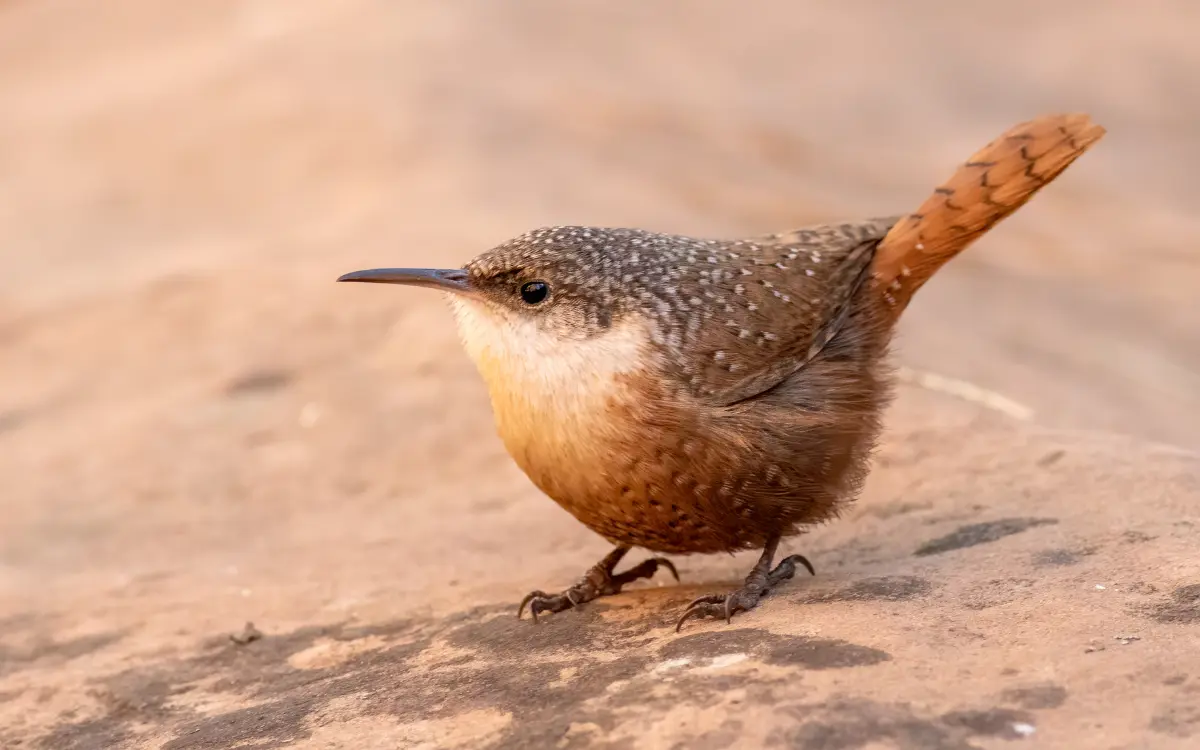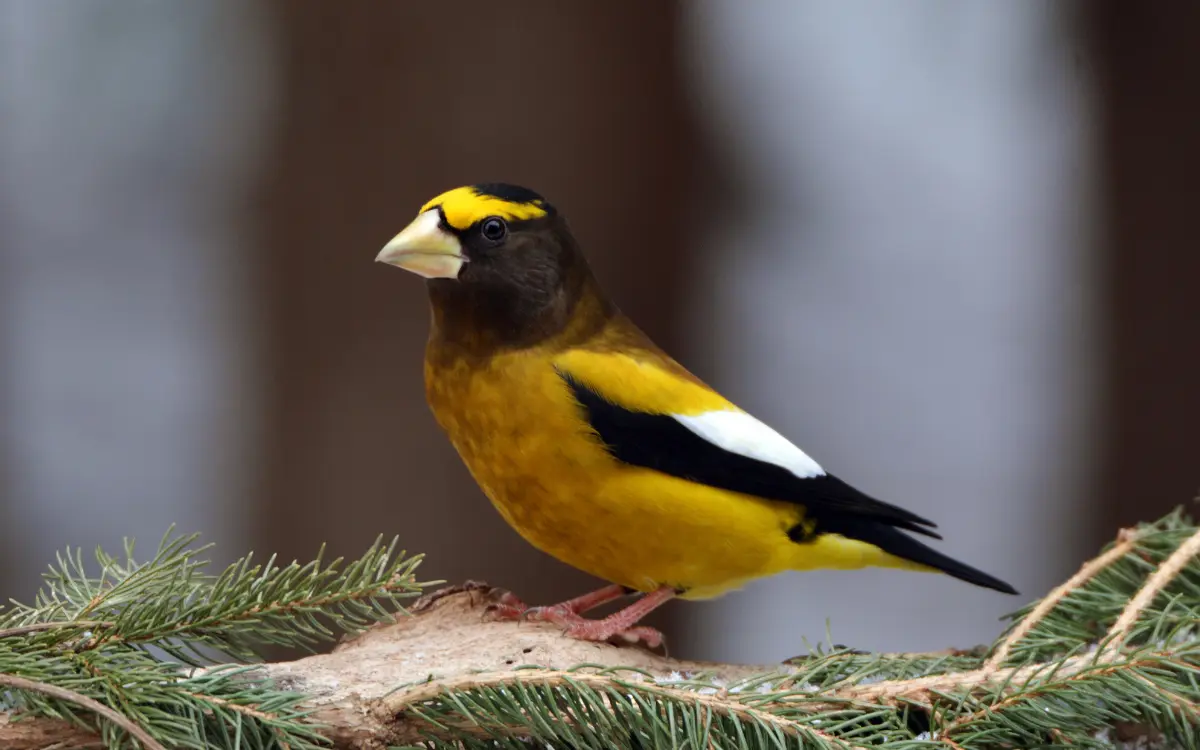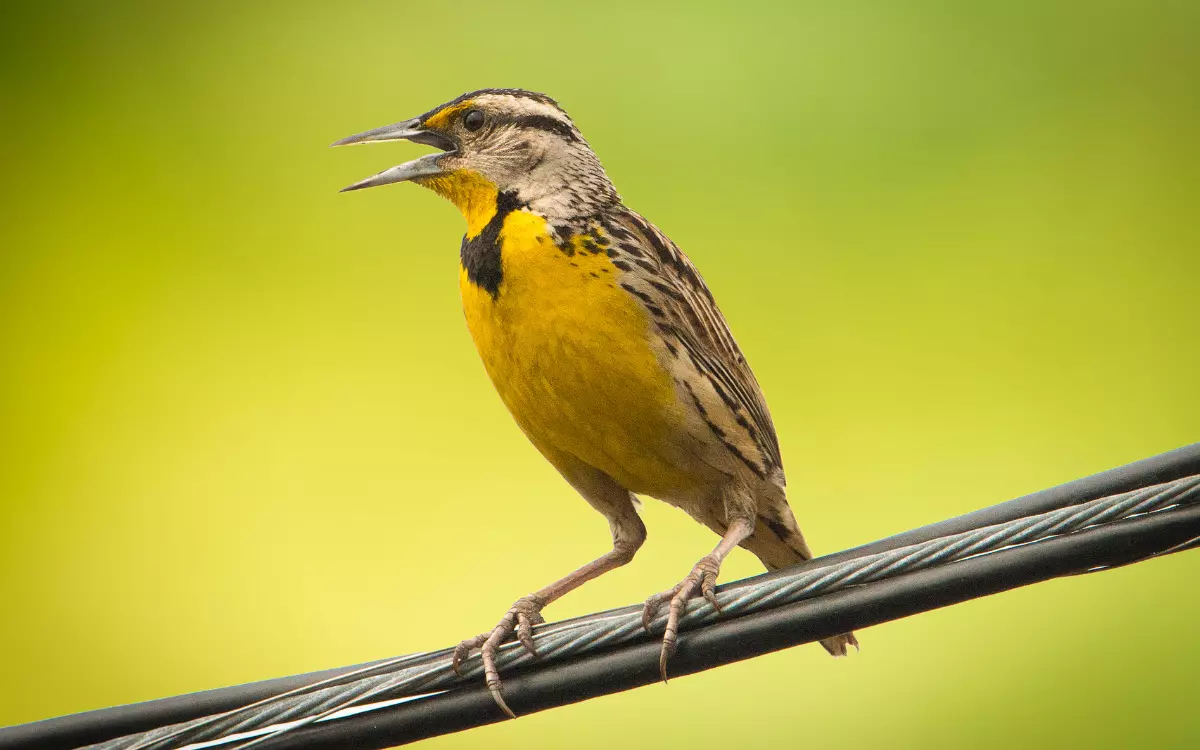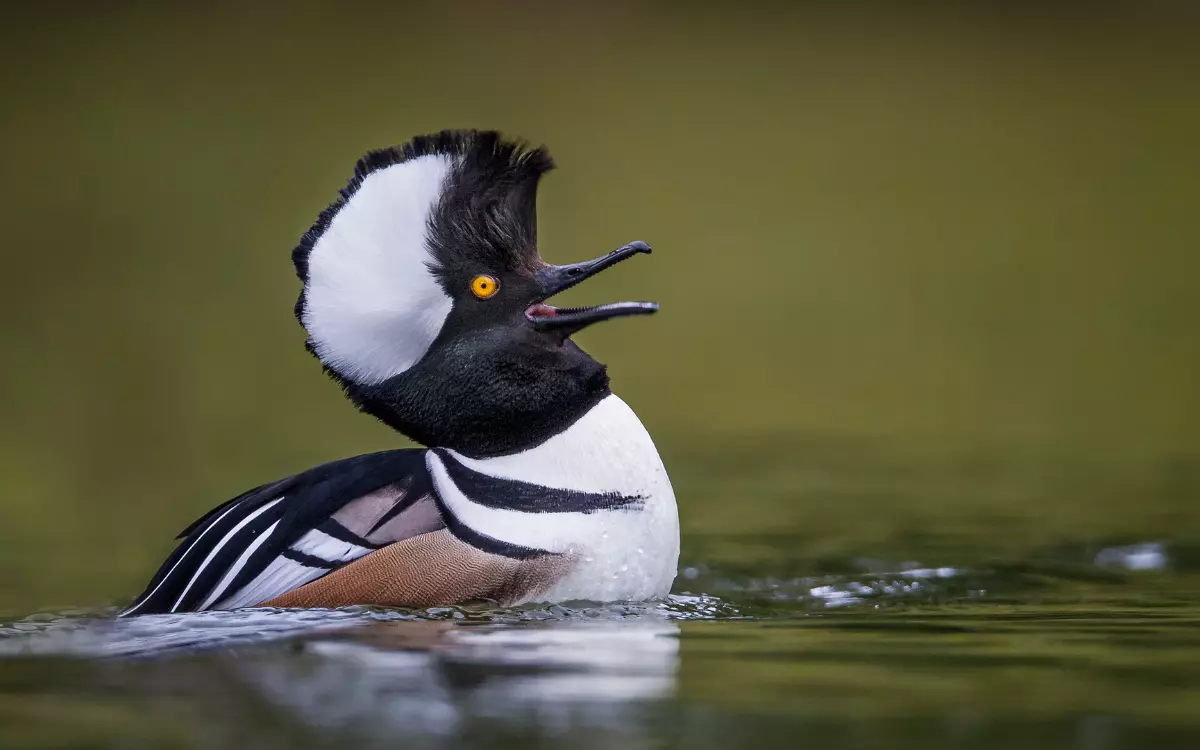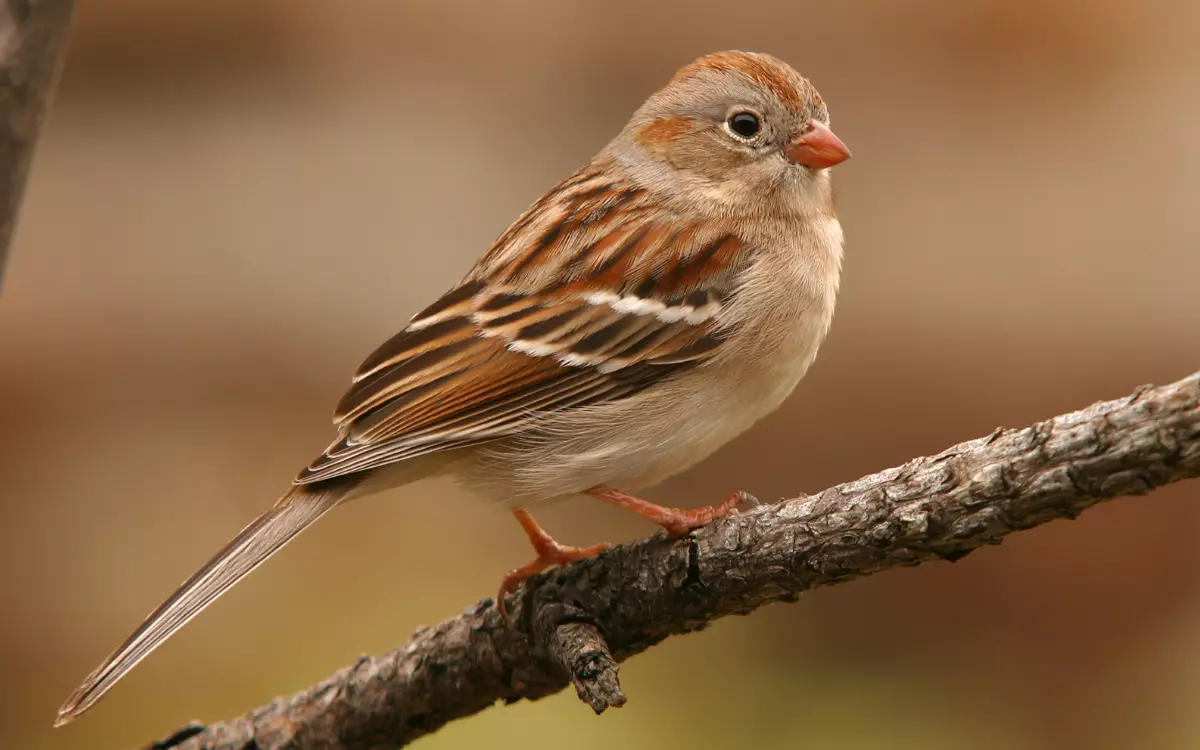17 Red Birds in Texas: Beautiful Species
Red birds bring bold color to Texas landscapes, from quiet suburbs to mountain canyons. This guide covers 17 red birds seen in Texas, with ID tips, habitats, and seasonal patterns to help birders and nature lovers recognize these striking species across the state.
1.Northern Cardinal
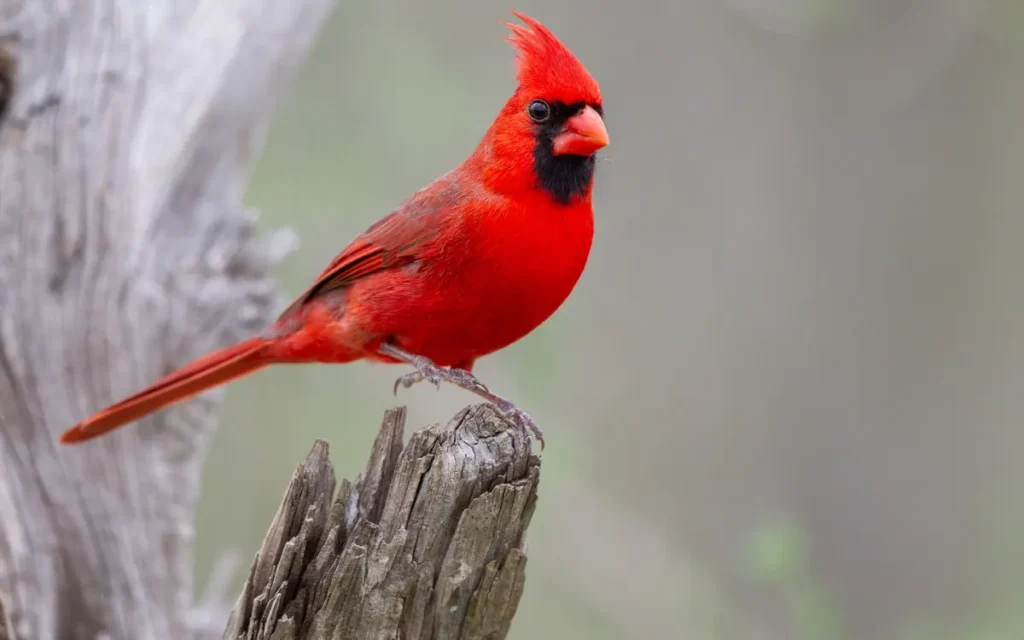
A true Texas favorite, the Northern Cardinal is hard to miss. Males are entirely bright red with a black mask around the beak, while females have a warm brown body with reddish highlights. Cardinals are comfortable around people and often visit backyard feeders year-round, especially in the morning hours.
- Found year-round across Texas
- Prefers shrubs, hedgerows, and backyards
- Eats sunflower seeds, berries, and insects
2.House Finch

The male House Finch has a red head and chest, though the shade can vary from orange to crimson. They’re commonly seen in suburban neighborhoods, perching on wires or visiting feeders. Unlike cardinals, they don’t have crests, and both sexes are smaller and streakier in appearance.
- Common in cities and suburbs
- Seen in groups at feeders
- Enjoys black oil sunflower seeds
3.Scarlet Macaw (Escapee)

Though not native to Texas, escaped Scarlet Macaws from aviaries or pet homes are occasionally seen. These large parrots are mostly red with yellow and blue wings. If spotted, they’re likely not part of a wild population but still an unforgettable sight.
- Not naturally found in Texas
- Rarely seen in urban areas as escapees
- Bright red, yellow, and blue feathers
4.Summer Tanager
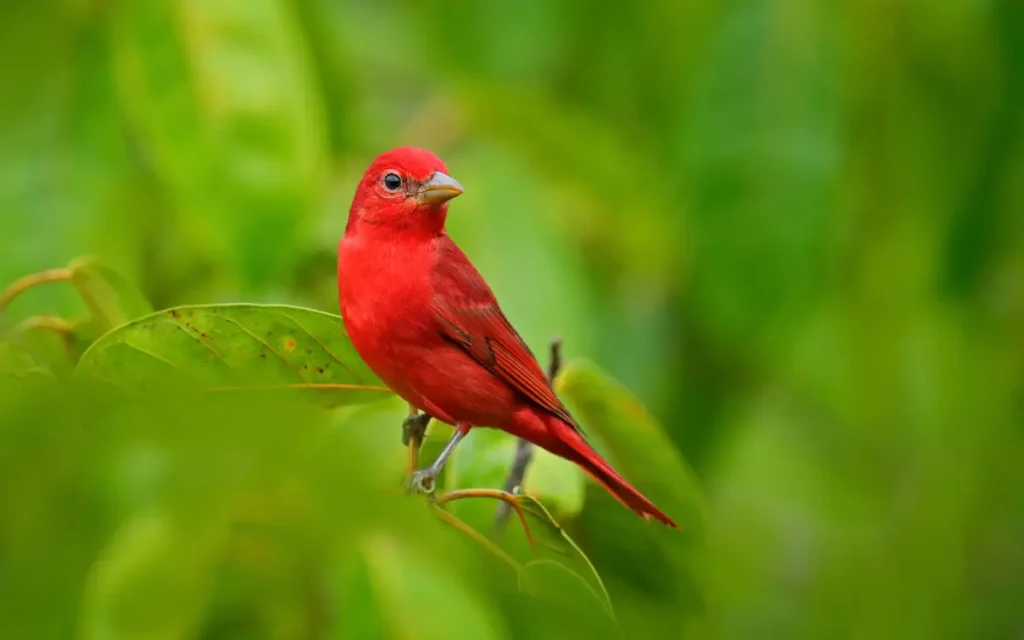
The male Summer Tanager is entirely red, lacking wing contrast. It breeds in Texas during warmer months and prefers open woodlands, often near rivers. Females are yellowish and less conspicuous. They’re known for catching bees and wasps in flight.
- Migratory, arrives in spring and summer
- Found in woodlands and riparian areas
- Eats insects, especially bees and wasps
5.Painted Bunting

While not fully red, male Painted Buntings display a vivid red belly and chest. This colorful species nests in Texas and is a favorite among birders. Females and young birds are olive green, often blending in with dense foliage.
- Breeds in Central and East Texas
- Often spotted from April through August
- Males are multicolored; females are green
6.Vermilion Flycatcher

A small bird with a bold red belly and crown, the Vermilion Flycatcher stands out against the dry Texas landscape. Found mostly in the southern and western regions, it perches visibly and darts out to catch flying insects.
- Found year-round in South and West Texas
- Prefers open fields, ranchlands, and desert edges
- Eats flying insects on the wing
7.Scarlet Tanager
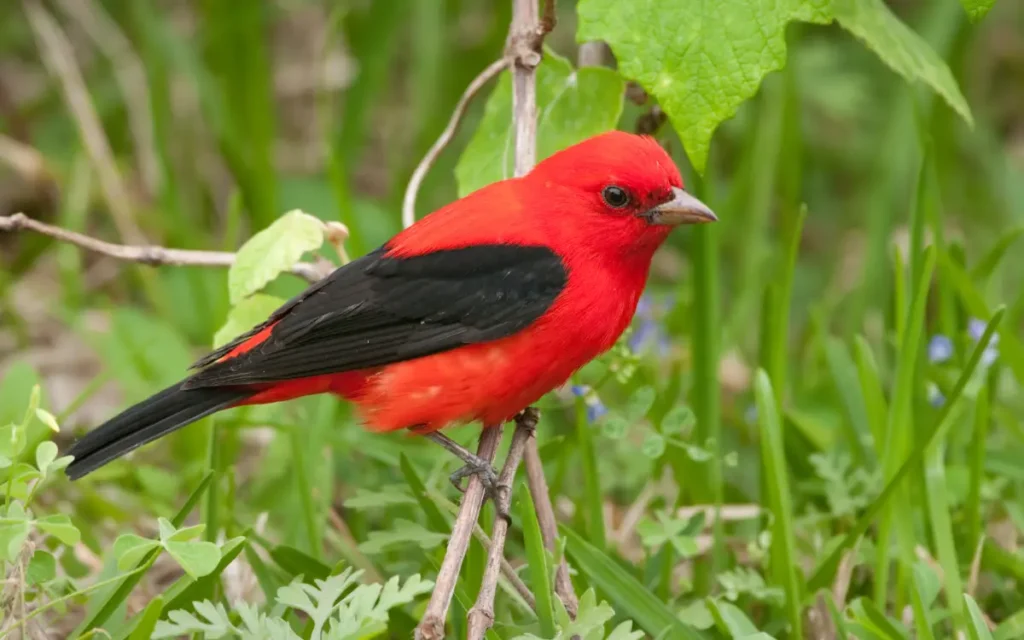
Bright red with jet-black wings and tail, the Scarlet Tanager is a rare treat in Texas, seen mostly during spring and fall migration. It sticks to treetops in dense woods, so spotting one may take some patience.
- Rare migrant through East and Central Texas
- Best seen in April–May or September–October
- Prefers mature forest habitats
8.Scarlet Flycatcher (Not Native)

Often confused with the Vermilion Flycatcher, the true Scarlet Flycatcher is native to South America. It is not a bird naturally found in Texas, but the name occasionally appears in misidentified bird reports.
- Not found in Texas
- Often mislabeled species online
- Native to Central and South America
9.Hepatic Tanager

More subdued than its relatives, the Hepatic Tanager has a rusty or brick-red coloration. It is mainly found in the mountainous regions of West Texas, particularly in mixed pine-oak forests.
- Found in West Texas during breeding season
- Prefers high elevation forested areas
- Males are reddish; females are yellowish-olive
10.Pyrrhuloxia
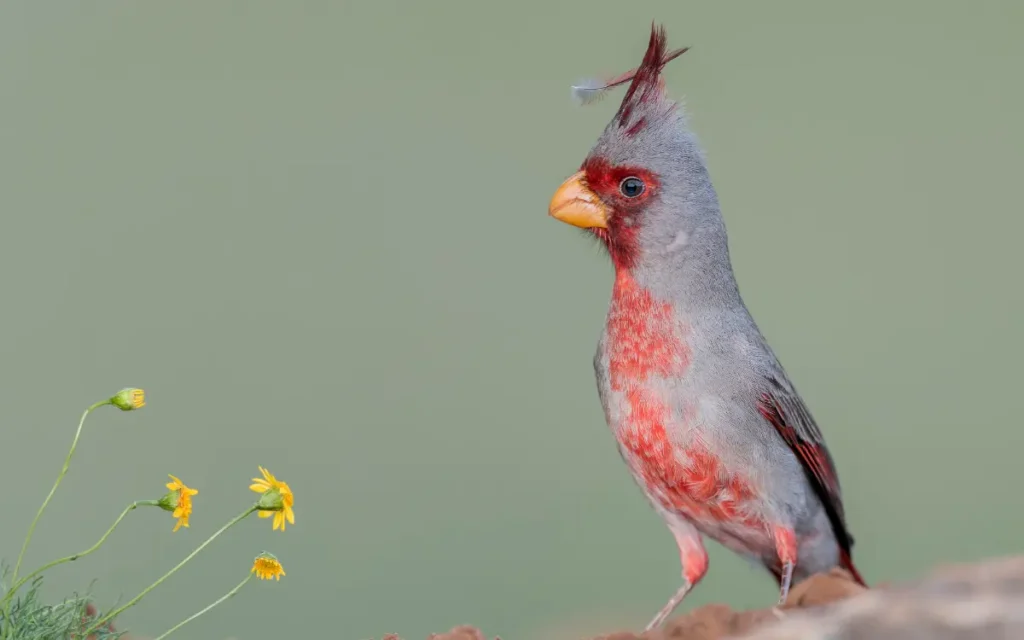
Nicknamed the “desert cardinal,” Pyrrhuloxias have gray bodies with red patches on the face, chest, and tail. They thrive in hot, dry regions and are often mistaken for cardinals at a distance.
- Found in South and West Texas deserts
- Adapts well to arid environments
- Feeds on seeds and cactus fruit
11.Purple Finch (Uncommon)

The male Purple Finch has a reddish-raspberry wash over its head and chest. While it’s not commonly seen in Texas, it may visit during winter months. Look for it in East Texas near forests or feeders.
- Winter visitor to East Texas
- Prefers mixed and deciduous forests
- Looks similar to the House Finch but bulkier
12.Red-headed Woodpecker
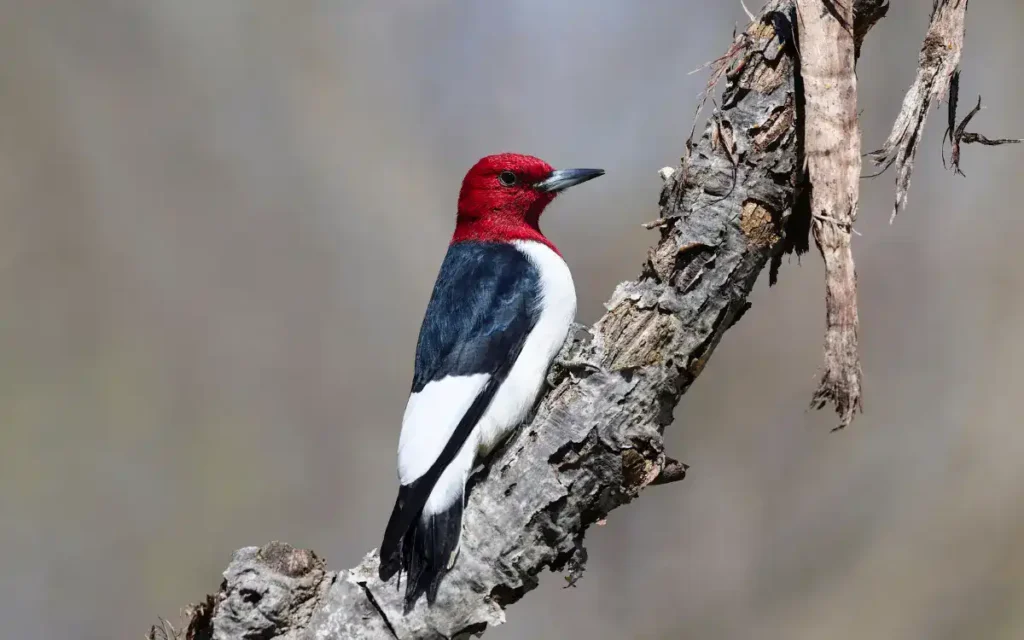
With its deep red head, snow-white belly, and black-and-white wings, this woodpecker is one of the most visually striking. It prefers open woodlands and is known to store food for later.
- Seen mostly in East Texas
- Nests in dead trees and snags
- Catches insects and gathers acorns
13.Red Crossbill
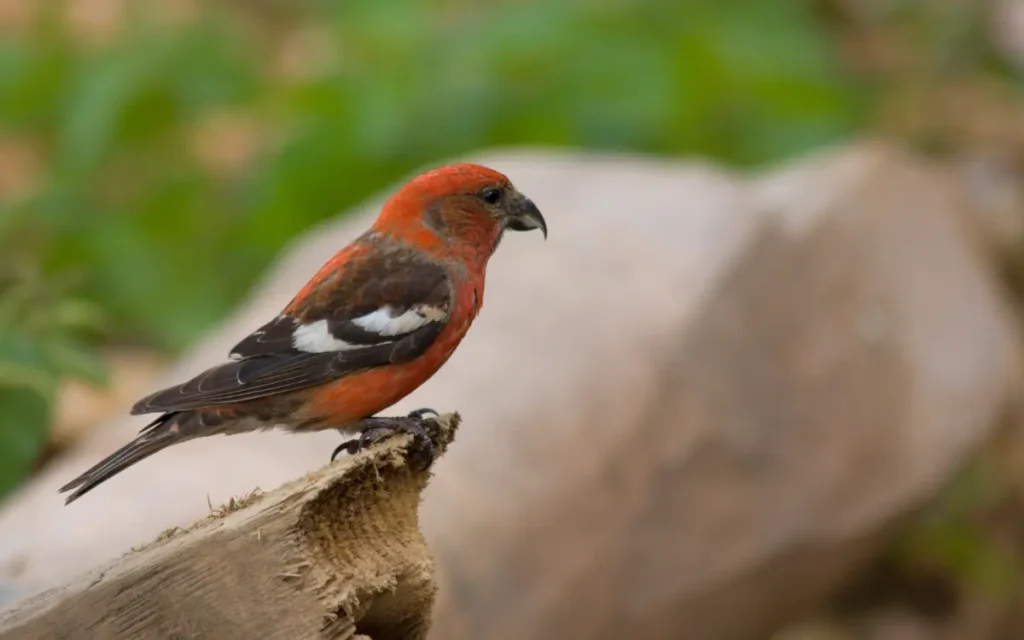
The male Red Crossbill has reddish-orange plumage and a unique crossed bill, used to pry open pine cones. Though uncommon, they may be found in East Texas pine forests, especially in winter.
- Rare winter visitor in piney woods
- Specialized feeder on conifer seeds
- Flocks move based on cone availability
14.Two-barred Crossbill (White-winged)

Even rarer than the Red Crossbill, the Two-barred Crossbill has white wing stripes and a reddish body. It is an irruptive species, meaning sightings in Texas are highly unusual and unpredictable.
- Extremely rare in Texas
- May appear during northern irruptions
- Identified by white wing bars and crossed bill
15.Flame-colored Tanager (Rare Visitor)
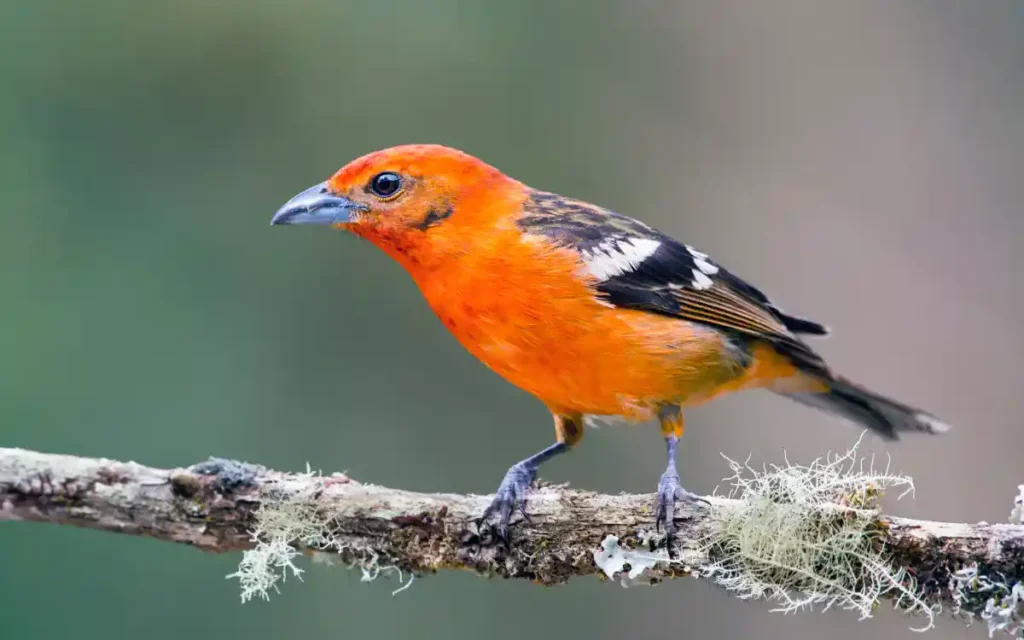
This tropical tanager has orange-red plumage and dark wings. A rare visitor to Texas, it has been seen in areas close to the Mexican border or mountainous regions.
- Rare in southern or western Texas
- Typically found in canyons or wooded slopes
- Often spotted near Big Bend National Park
Read also:
7 Falcons in Texas: Stunning Birds of Prey You Can Spot
15 Woodpeckers in Texas (With ID Guide, Size & Wingspan Info)
16.Painted Redstart
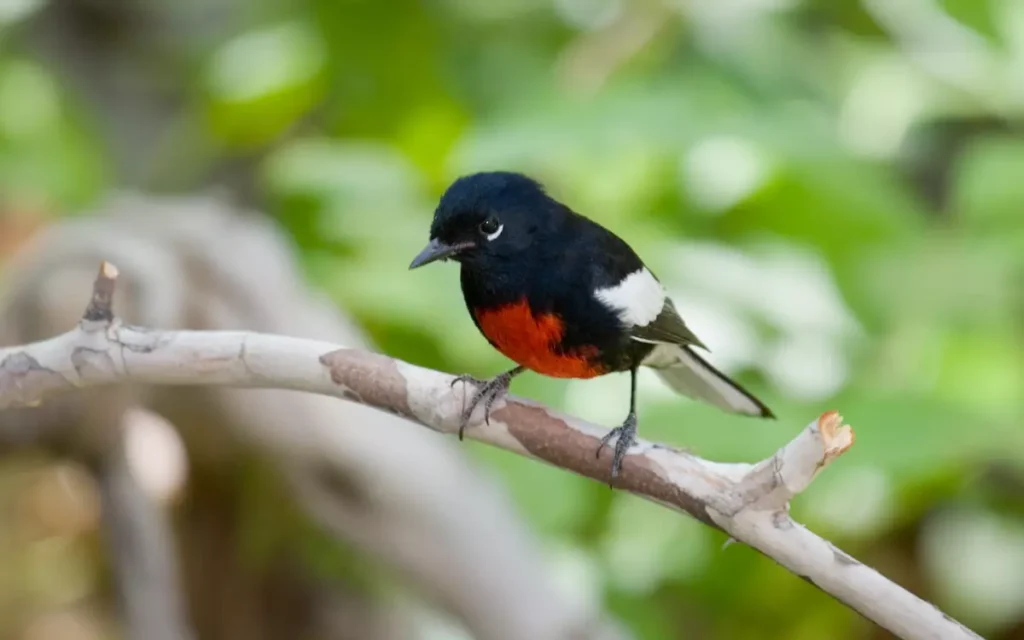
Mostly black with a vivid red belly, the Painted Redstart is flashy in motion, often flicking its tail while it forages. It breeds in the mountain forests of far West Texas.
- Found in high-elevation forests of West Texas
- Known for its tail-flicking behavior
- Nests near flowing streams and shaded canyons
17.Pine Grosbeak (Accidental Visitor)

This large, gentle finch has a rosy-red color in males and a grayish tone in females. Though native to northern forests, it rarely strays into Texas during major irruptions.
- Very rare and irregular visitor
- More common in northern states and Canada
- Prefers coniferous forests when present
Faq’s
What red bird is most common in Texas?
The Northern Cardinal is the most common red bird across Texas. It’s a year-round resident and frequently visits feeders in both rural and urban areas.
Are Scarlet Tanagers found in Texas?
Yes, but only during migration. Scarlet Tanagers pass through East and Central Texas in spring and fall. They prefer wooded areas and can be hard to spot due to their high canopy foraging.
How can I attract red birds to my backyard in Texas?
Use black oil sunflower seeds, safflower, and suet in platform or tube feeders. Add native shrubs for shelter and a shallow birdbath for fresh water.
Is the Vermilion Flycatcher rare in Texas?
Not at all. It’s common in South and West Texas, especially near open fields and rivers. Males are bright red with dark wings and are often seen perching on fences.
What’s the difference between a House Finch and a Purple Finch in Texas?
House Finches are more common and have a redder head and streaked belly. Purple Finches are bulkier with a deeper raspberry color but are only winter visitors in East Texas.

